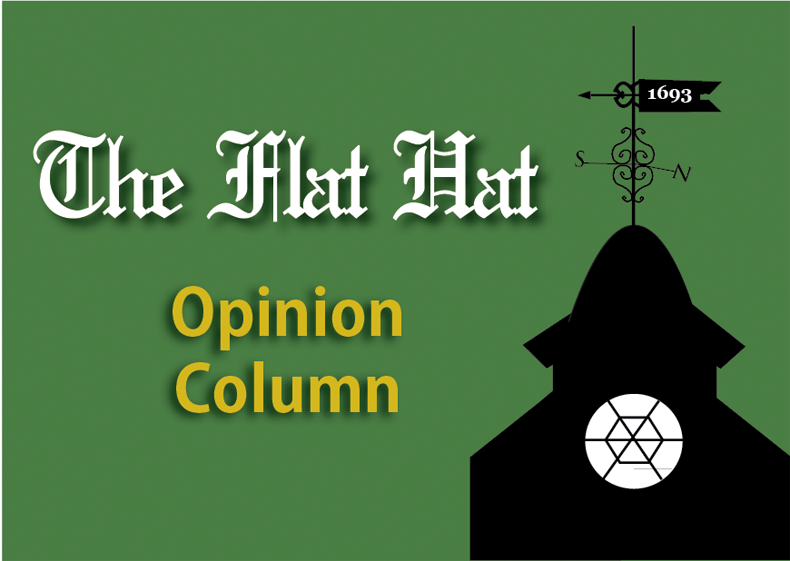Living off-campus, I am classified as a day student. I have a parking hangtag that costs around $325 and allows for limited parking in only a select few spots on campus. While costly, I wouldn’t mind having to pay for parking if there wasn’t such a struggle to find an empty spot. What few day student locations there are fill up extremely quickly. Good luck is needed to find any parking at the Yates, Sadler, or even at the William and Mary Hall lots at any time after mid-morning. If the school is going to charge students an exorbitant fee for a parking pass, it shouldn’t force students to hunt like vultures for those few precious spots.
The parking crunch isn’t just a commuter student issue — it’s an issue for anyone who parks on campus. The amount of parking is woefully inadequate not only for commuters but for residents, staff and faculty as well. The faculty section of both the Sadler Center lot and the parking deck are constantly full, forcing professors to find alternative parking, often in awkward locations far from their classrooms. I’ve had friends who have struggled to find late-night resident parking at Randolph Complex or the Ludwell apartments.
The question has to be asked: Why is this an issue? It’s no secret that parking on campus is and has been a headache. Problematic parking isn’t an issue that springs up overnight; it is the result of years of bad planning and the inability to anticipate the needs of students. Even so, the College of William and Mary has had ample time to recognize and correct the problem. While both the cost of parking passes and the amount of public transport available to students help to alleviate some of the stress, the number of parking slots available simply doesn’t come close to the number needed for the student population to function.
The most obvious solution is simply to build more parking zones. This raises the question of where it would be most advantageous to do so. Space on campus is already at a premium. The College’s structure leaves little room for expansion. New parking would most likely be constructed on the fringes, forcing students to hike across campus to reach their ultimate destination.
I think that the best solution is to expand the current parking lots vertically and underground where possible. Not only would this be more cost effective than building entirely new parking locations, but it would create more parking in suitable, convenient locations instead of in the far-flung reaches of the College.
One major concern is that such structures would stand alien among the campus’s historical vibe. These expansions could easily be built to blend in with the more traditional buildings on campus. Another solution is that new parking could be built onto the police station and William and Mary Hall, where a more modern structure would not stand out as much as when juxtaposed with the brick of Old Campus. While preserving the campus aesthetic is a dream, the parking situation is a nightmare that should take priority.
If expanded, parking would not only help students of the College. An expansion to the William and Mary Hall lot could even afford the campus a permanent visitor’s parking area. Visitor parking is never expected to be cheap, and many people would be willing to pay. At George Mason University, for example, I found myself spending $20 per day to visit.
A centralized parking space near the arena would also mean a diminished strain on campus during sporting events and other engagements, as fans would not have to drive through a maze of color-coded parking lots in order to find somewhere to park. With better parking, the College could bring in speakers and entertainment acts more often, increasing revenue.
With some smart planning on the part of the school, these new parking venues could eliminate an everyday nuisance for students while generating extra money and maintaining the look and tradition of our campus.

